Exploring the Origins of Drill Music: Where did it all start?

Drill music has become a cultural phenomenon, with its unique sound and controversial lyrics capturing the attention of millions around the world. But where did this genre of music originate?
The roots of drill music can be traced back to the South Side of Chicago in the early 2010s. It emerged as a subgenre of hip-hop, characterized by its aggressive beats, dark and violent lyrics, and raw delivery. Influenced by gang culture and the realities of life in urban communities, drill music became an outlet for young artists to express their experiences and emotions.
One of the earliest pioneers of drill music was Chief Keef, a rapper from Chicago who gained popularity with his mixtapes and viral videos. His music reflected the harsh realities of life in the streets, and his authentic storytelling resonated with listeners. With its catchy hooks and infectious energy, Chief Keef’s music helped to bring drill music into the mainstream.
Drill music quickly spread beyond the streets of Chicago, reaching other cities in the United States and eventually making its way to the United Kingdom. In the UK, drill music took on its own unique style, blending the rawness of its American counterpart with British slang and accents. Artists like 67, Section Boyz, and Harlem Spartans became synonymous with UK drill, and the genre gained a massive following.
As drill music continues to evolve and gain popularity, it’s important to understand its origins and the cultural context in which it exists. By exploring the roots of this genre, we can gain a deeper appreciation for the music and the artists who use it as a platform for self-expression.
The Emergence of Drill Music in Chicago
Drill music, a subgenre of hip-hop characterized by its dark and aggressive lyrics, originates from the streets of Chicago. The raw and gritty nature of drill music reflects the harsh realities of life in the city’s most dangerous neighborhoods.
The roots of drill music can be traced back to the early 2000s, with artists like Chief Keef, Lil Durk, and King Louie gaining popularity. These artists were among the first to form drill music crews, such as the infamous rap group Gangster Disciples (GDK) and Black Disciples (BDK).
Drill music gained traction in Chicago due to its authenticity and relatability. The lyrics often depict the violent and turbulent lifestyle that many young people in Chicago face on a daily basis. It serves as a form of self-expression and an outlet to narrate the experiences of those living on the margins of society.
One of the defining features of drill music is its heavy use of explicit and provocative language. This style of rap is known for its raw and unfiltered lyrics that highlight the harsh realities of street life. The aggressive delivery and intense beats contribute to the genre’s distinctive sound.
In addition to its raw lyrical content, drill music is also known for its unique dance moves, characterized by quick and aggressive footwork. These dances, such as the “Footwork” and the “Drill Dance,” are popular among drill music enthusiasts and are often performed at live shows and music videos.
Drill music’s influence extends beyond the streets of Chicago and has made its way into mainstream hip-hop. Artists like Drake, Kanye West, and A$AP Rocky have all incorporated elements of drill music into their own music, contributing to its global popularity.
Despite its controversial nature, drill music serves as a powerful form of expression for marginalized communities. It sheds light on the harsh realities of urban life and provides a platform for artists to convey their stories and experiences to a wider audience.
The emergence of drill music in Chicago has had a profound impact on the hip-hop landscape. It continues to evolve and influence artists worldwide, proving that its raw and unapologetic style resonates with listeners on a global scale.
Influences from Gang Culture and Street Violence
One of the key influences on the development of drill music is the culture of gangs and street violence. Originating in Chicago in the early 2010s, drill music was created by young artists who came from neighborhoods plagued by gang activity and violence. The lyrics in drill songs often reflect the harsh realities of life in these communities, where gang affiliations and territorial disputes can lead to deadly conflicts.
The lyrics of drill songs are often characterized by their explicit depiction of violence and confrontation. Artists often rap about real-life experiences, such as shootouts, drug dealing, and acts of revenge. These lyrics can be seen as a form of expression and a way for artists to share their stories and experiences growing up in environments where violence is a daily occurrence.
In addition to the lyrics, the visual aesthetics of drill music videos also draw heavily from gang culture. Artists can often be seen wearing clothing and colors associated with specific gangs, as well as flashing gang signs and symbols. These visual cues serve to reinforce the artists’ connection to their neighborhoods and the gang culture that often influences their music.
Furthermore, the rivalry between different gangs and their respective neighborhoods is often portrayed and intensified in drill music. Artists may explicitly reference rival gangs and neighborhoods in their lyrics, engaging in a form of musical warfare. This has led to an increase in violent incidents between rival factions who see the music as a means of disrespecting their rivals.
The connection between drill music and gang culture has sparked ongoing debates about the influence of music on violence and crime. Critics argue that drill music glorifies and promotes a dangerous lifestyle, while supporters argue that it serves as an outlet for artists to express their frustrations and experiences. It is important to note that not all drill artists are involved in criminal activities, and the genre itself should not be solely blamed for the violence associated with it.
References:
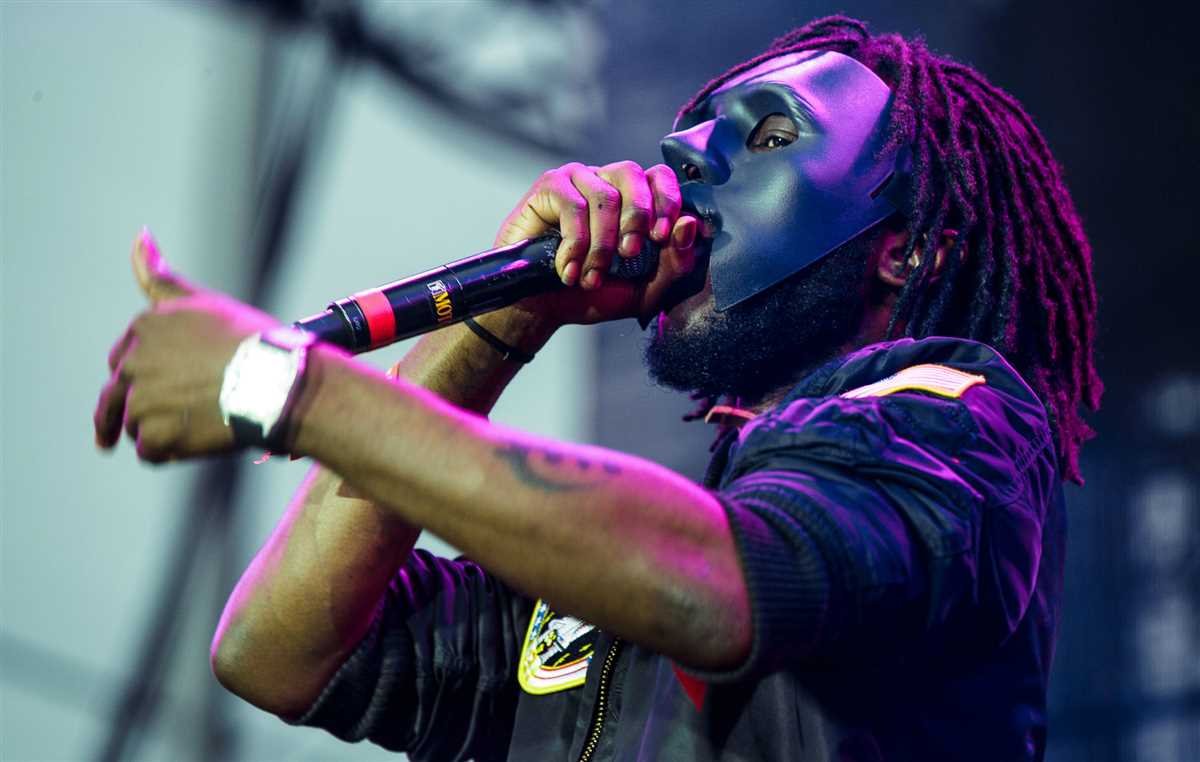
-
“Drill Music and the Gang Culture of Chicago’s South Side”. The Guardian. Retrieved from https://www.theguardian.com/music/2019/mar/01/drill-music-chicago-police-gang-violence-south-side
-
“How Drill Music Became the Sound of Chicago”. Noisey. Retrieved from https://www.vice.com/en/article/rkzn8z/how-drill-music-became-the-sound-of-chicago
-
“How Chicago Drill Music Took Over Brooklyn and the World”. Rolling Stone. Retrieved from https://www.rollingstone.com/music/music-features/drill-rap-history-833620/
Intertwined with the Rise of Social Media
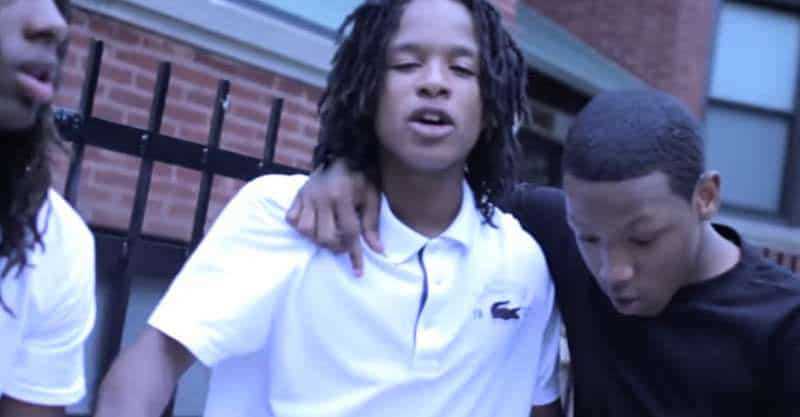

One of the defining characteristics of drill music is its close association with social media platforms. The rise of social media has played a crucial role in the popularity and spread of this genre, giving a voice to marginalized communities and facilitating the dissemination of music and content.
Social media platforms such as YouTube, Twitter, and Instagram have provided drill artists and fans with a platform to showcase their music, share their stories, and connect with others in the community. These platforms have allowed drill music to reach a global audience, breaking down geographical barriers and enabling artists to gain recognition in ways that were previously unimaginable.
YouTube: A Launchpad for Drill Music
YouTube has been instrumental in the rise of drill music, serving as a launchpad for many of the genre’s biggest artists. Drill music videos on YouTube often depict the stark realities of life in inner-city neighborhoods, showcasing the harsh environments and experiences that the artists have lived through.
These raw and authentic visuals, combined with the hard-hitting beats and gripping lyricism of drill music, have resonated with audiences and contributed to the genre’s popularity. Many drill artists have gained millions of views and subscribers on YouTube, using the platform as a means to express themselves and gain recognition in the music industry.
Twitter and Instagram: Building Communities
Twitter and Instagram have also played significant roles in the rise of drill music by allowing artists to connect with their fanbase and build communities. Artists use these platforms to share snippets of their music, promote upcoming releases, and interact with their fans. This direct line of communication helps to foster a sense of community within the drill music scene.

Furthermore, social media has democratized access to the drill music industry. Artists no longer rely solely on record labels or traditional media outlets to gain exposure. Instead, they can independently release their music on platforms like SoundCloud and promote themselves through social media. This has resulted in a more diverse and inclusive representation of drill music, amplifying voices that might otherwise have been overlooked.
The Impact of Social Media
The rise of social media has had a profound impact on the drill music genre. It has provided artists with a platform to share their music, connect with fans, and gain recognition on a global scale. Social media has also allowed for the democratization of the drill music industry, giving artists from marginalized communities the opportunity to tell their stories and express their creativity. As social media continues to evolve, its influence on drill music is likely to persist and shape the genre’s future.
The Evolution of Drill Music: From Chicago to the World
Drill music, an aggressive form of hip-hop characterized by its dark and intense lyrics, originated in the South Side of Chicago in the early 2010s. It was created by young artists who sought to express their experiences in violent neighborhoods through music.
The rise of drill music in Chicago can be traced back to artists like Chief Keef, Lil Durk, and G Herbo, who gained popularity with their gritty and raw lyrics that depicted the harsh realities of street life. These artists often rapped about violence, drugs, and gang affiliation, providing an unfiltered glimpse into the realities of their surroundings.
Drill music quickly gained a following in Chicago, with local fans relating to the lyrics and artists’ authentic portrayals of their neighborhoods. However, it wasn’t long before drill music began to expand beyond the streets of Chicago and reach audiences around the world.
The Influence of the Internet
The internet played a crucial role in the global spread of drill music. Artists and fans alike utilized social media platforms and online streaming services to share and discover new music. This allowed drill music to transcend geographical boundaries and reach a global audience.
Drill music’s popularity surged in the mid-2010s, with artists like UK-based group 67 and Brooklyn’s Pop Smoke adding their own unique flavors to the genre. These artists incorporated their own local influences and styles, creating a localized version of drill music that resonated with their respective audiences.
Global Drill Music Scene
Today, drill music has become a global phenomenon, with artists from various countries embracing the genre and putting their own spin on it. In the UK, artists like Stormzy, Skepta, and Headie One have helped popularize drill music, infusing it with elements of grime and UK rap.
In the United States, drill music has expanded beyond Chicago, with artists like Fivio Foreign, Sheff G, and CJ leading the drill scene in New York City. These artists have adapted the sound and style of drill music to reflect their own city’s unique experiences and culture.
Additionally, drill music has found a home in other countries such as Canada, Australia, and France, where artists are incorporating local influences and creating their own vibrant drill scenes.
The Future of Drill Music
As drill music continues to evolve and spread its influence worldwide, it remains a powerful tool for artists to share their stories and shed light on the realities of their communities. While some critics argue that drill music glorifies violence and perpetuates negative stereotypes, others view it as a form of social commentary and expression.
With its roots firmly planted in Chicago, drill music’s journey from the streets of the South Side to a global phenomenon showcases the power of music to connect people and shed light on often marginalized experiences. As the genre continues to evolve, it will undoubtedly continue to shape and influence the music industry for years to come.
Controversies and Criticisms surrounding Drill Music
1. Violence and Gang Culture
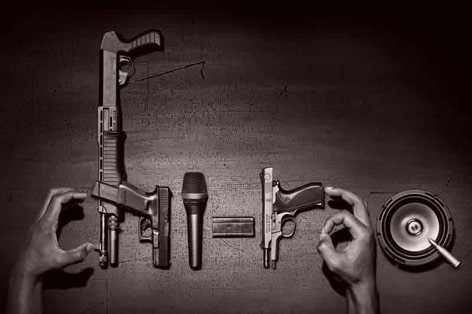
One of the main controversies surrounding drill music is its association with violence and gang culture. The lyrics of many drill songs often contain references to real-life violence, including gang rivalries, stabbings, and shootings. This has led to criticism that the genre promotes and glorifies violence, as well as the perception that it perpetuates a culture of gangs and criminality.
2. Impact on Youth
Due to its explicit and often violent content, drill music has faced criticism for its potential negative impact on young listeners. There are concerns that exposure to drill music can desensitize young people to violence and may even influence their behavior, leading to an increase in gang-related activity.
3. Moral and Ethical Concerns
Some critics argue that drill music promotes negative moral and ethical values, such as disrespect towards women, materialism, and drug use. The aggressive and confrontational nature of the genre’s lyrics has led to accusations that it perpetuates a toxic and harmful mindset.
4. Connection to Crime
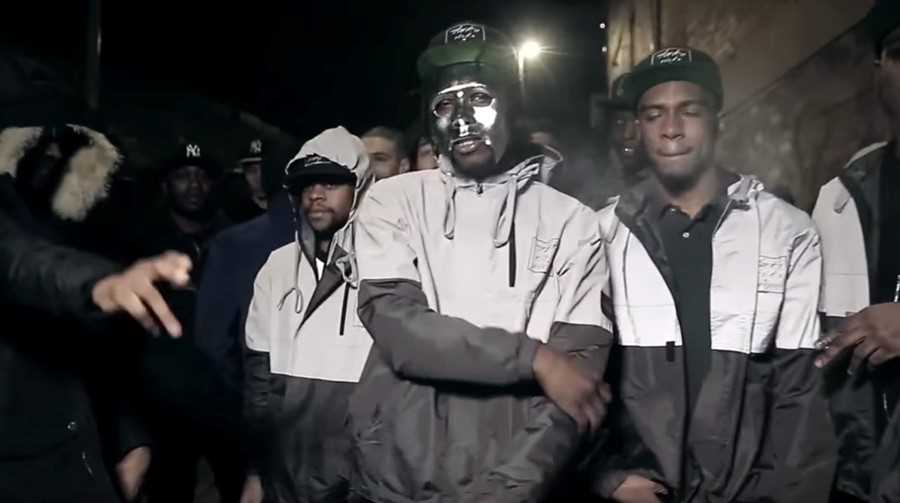
Drill music has often been linked to criminal activity, especially in areas where the genre originated. Police and authorities have used lyrics from drill songs as evidence in criminal investigations, claiming that they contain coded messages related to actual crimes. This connection to real-life criminal behavior has further fueled controversies surrounding the genre.
5. Impact on Communities
Another criticism of drill music is its potential impact on the communities it originated from. Some argue that the genre further stigmatizes already disadvantaged areas, perpetuating negative stereotypes and hampering the efforts of community leaders to improve the reputation and well-being of their neighborhoods.
6. Lack of Creativity and Musicality
While drill music has gained popularity for its raw and intense energy, it has also faced criticism for its repetitive nature and lack of musicality. Critics argue that the heavy reliance on a few signature sounds and beats across many drill songs makes the genre formulaic and lacking in artistic innovation.
7. Censorship and Freedom of Speech
The controversial nature of drill music has also sparked debates around the limits of freedom of speech and censorship. Some argue that censoring or banning drill music infringes on artists’ rights to express themselves and stifles creative freedom, while others believe that certain lyrics and themes should be restricted due to the potential harm they may cause.
8. Misrepresentation of Communities
Some argue that the widespread media focus on the negative aspects of drill music, such as violence and criminality, creates a skewed representation of the communities it originates from. This can perpetuate stereotypes and further marginalize already disadvantaged communities, overshadowing the many positive aspects that exist within these areas.
Drill Music and the Representation of Reality
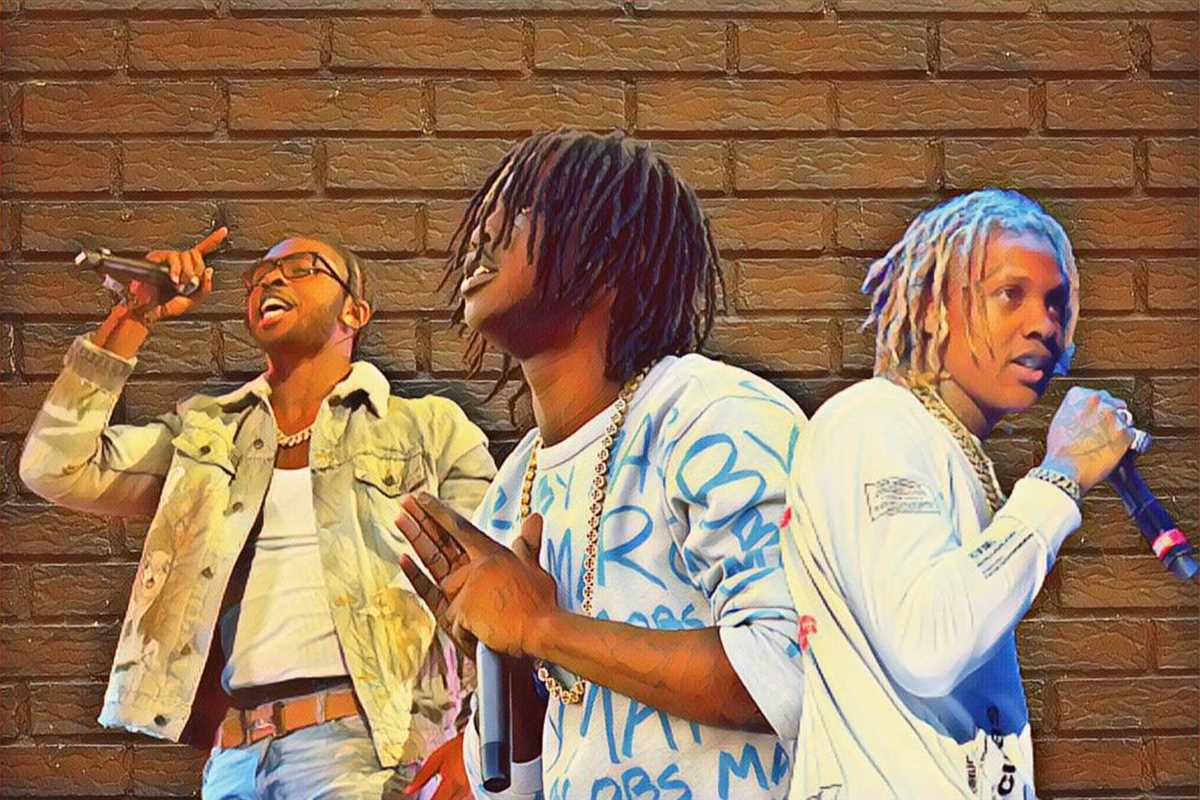
Drill music, a subgenre of hip-hop that originated in Chicago in the early 2010s, has gained significant attention for its raw and gritty portrayal of urban life. This music style features aggressive lyrics, heavy basslines, and often violent and graphic imagery. While some view drill music as mere entertainment, others argue that it serves as a reflection of the harsh realities faced by many young people living in inner-city neighborhoods.
The Realities of Inner-City Life
Drill music often depicts the violence, poverty, and social issues prevalent in communities plagued by crime and socio-economic challenges. The lyrics and visuals associated with this genre often paint a vivid picture of the struggles faced by individuals growing up in disadvantaged areas. By addressing topics like gang violence, drug dealing, and police brutality, drill artists provide a voice for those who have been marginalized and overlooked by society.
Authenticity and Credibility
One of the key reasons drill music has resonated with its audience is the perceived authenticity and credibility of the artists. Many drill musicians come from the same neighborhoods they rap about, allowing them to provide firsthand accounts of the harsh realities they have witnessed and experienced. This authenticity lends credibility to their lyrics and helps to establish a connection with listeners who can relate to the challenges depicted in the music.
The Role of Drill Music in Society
While drill music may be criticized for glorifying violence and perpetuating negative stereotypes, it is important to acknowledge its role as a form of self-expression for marginalized communities. This genre gives a platform to those who feel voiceless and provides a means of catharsis for artists and listeners alike. It allows individuals to share their stories, shed light on issues that are often overlooked, and foster a sense of solidarity within their communities.
- Drill music serves as a cultural expression for those living in disadvantaged areas.
- It sheds light on the conditions faced by individuals in inner-city communities.
- Artists use drill music to address social issues such as violence and poverty.
The Impact of Drill Music
The impact of drill music extends beyond the confines of the music industry. It has influenced various aspects of popular culture, from fashion trends to dance styles. The gritty and hard-hitting nature of drill music has also garnered attention from law enforcement, with some arguing that it contributes to an increase in crime and gang activity.
Conclusion
Drill music serves as a potent form of artistic expression, documenting the realities faced by individuals growing up in disadvantaged areas. While it may be seen as controversial due to its graphic content, it offers an important outlet for those who have been marginalized and provides a means of shedding light on social issues. As drill music continues to evolve and gain recognition, it is essential to consider both its artistic value and its potential impact on society.
Drill Music’s Influence on Fashion and Dance
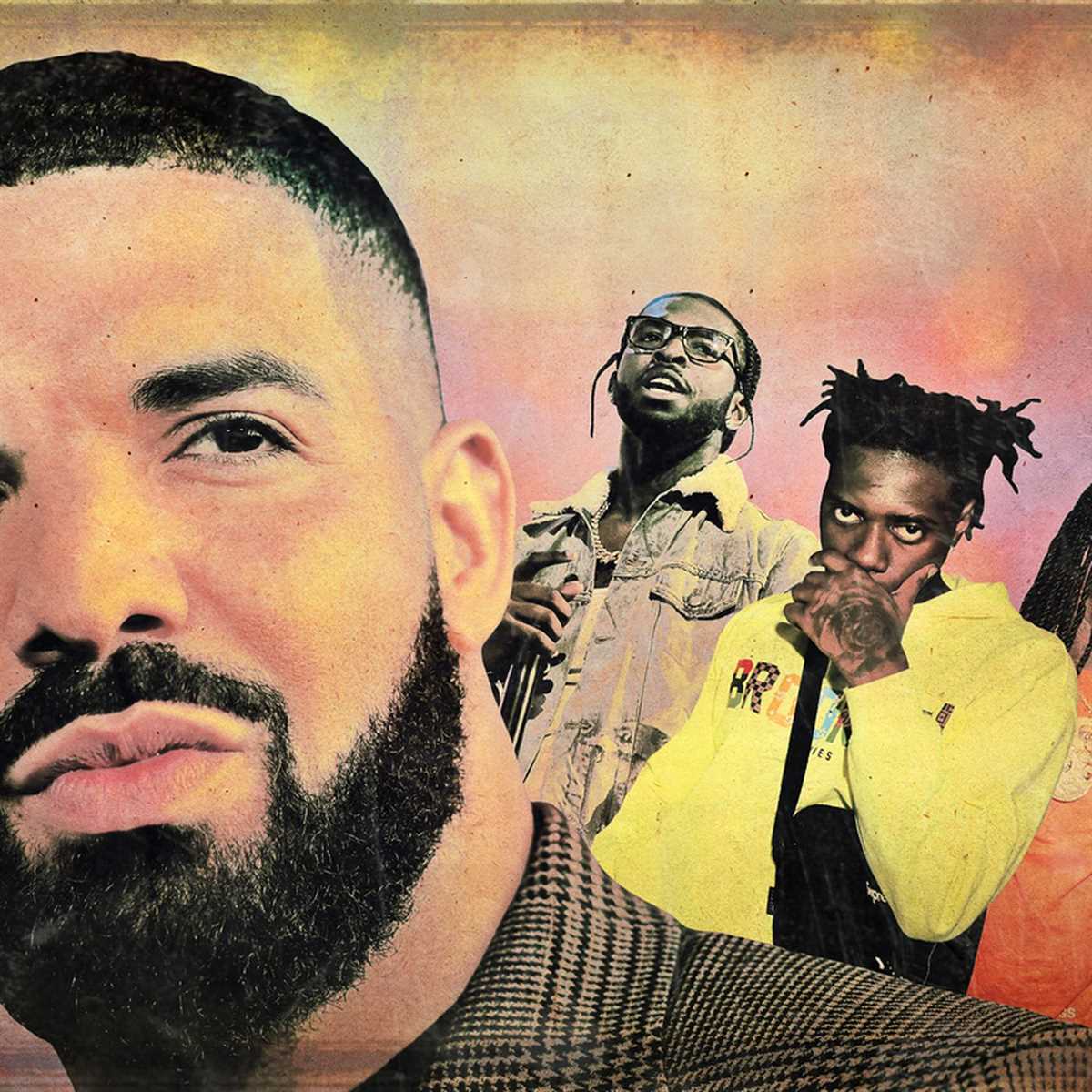
Drill music, a subgenre of hip-hop that originated in the streets of Chicago, has not only made waves in the music industry but has also had a profound impact on fashion and dance. The raw and gritty nature of drill music has inspired a unique aesthetic that is reflected in the clothing and style choices of its artists and fans.
Fashion
The fashion associated with drill music is characterized by a sense of authenticity and street credibility. Artists often sport oversized clothing, such as baggy jeans and hoodies, which gives them a tough and imposing look. The influence of drill music on fashion can also be seen in the popularization of certain brands and accessories. For example, drill artists often wear designer labels like Versace, Gucci, and Balenciaga, emphasizing a lavish and flashy lifestyle.
Furthermore, drill music has given rise to a distinctive streetwear style that has gained popularity beyond the genre itself. Fitted caps, hoodies, sneakers, and tracksuits have become iconic staples of drill-inspired fashion, adopted by fans all over the world. The DIY aesthetic of drill music has also influenced the rise of customized clothing, with artists and fans creating their own unique pieces to showcase their individuality.
Dance
Drill music’s influence on dance can be seen in the development of several dance styles that are closely associated with the genre. One of the most popular drill dance styles is known as “drill stepping,” which involves intricate footwork, synchronized movements, and rapid switches between dance formations. This energetic and intense style of dance perfectly complements the hard-hitting beats and aggressive lyrics of drill music.
- Another dance style associated with drill music is “bopping,” which originated in Chicago’s drill scene. Bopping involves a combination of footwork, body movement, and arm gestures, creating a unique and fluid dance style that is often performed in a freestyle manner.
- Drill music has also influenced the emergence of various dance crews and dance battles, where dancers showcase their skills and creativity to the beats of drill music. These dance battles have become a significant part of drill music culture, providing a platform for dancers to gain recognition and express themselves.
In conclusion, drill music’s influence on fashion and dance cannot be overstated. From the clothing choices of drill artists to the development of unique dance styles, drill music has left a lasting impact on the culture and aesthetics of both fashion and dance.
The Global Impact of Drill Music on the Music Industry
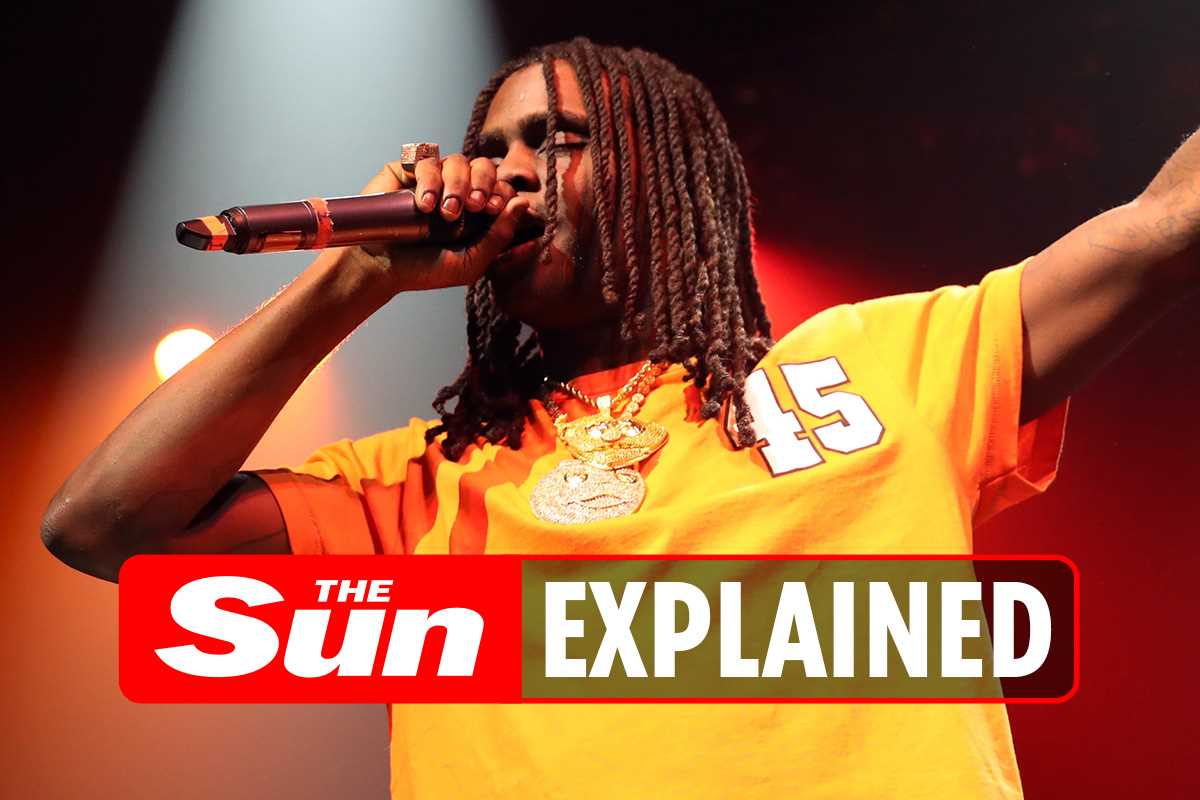
Introduction
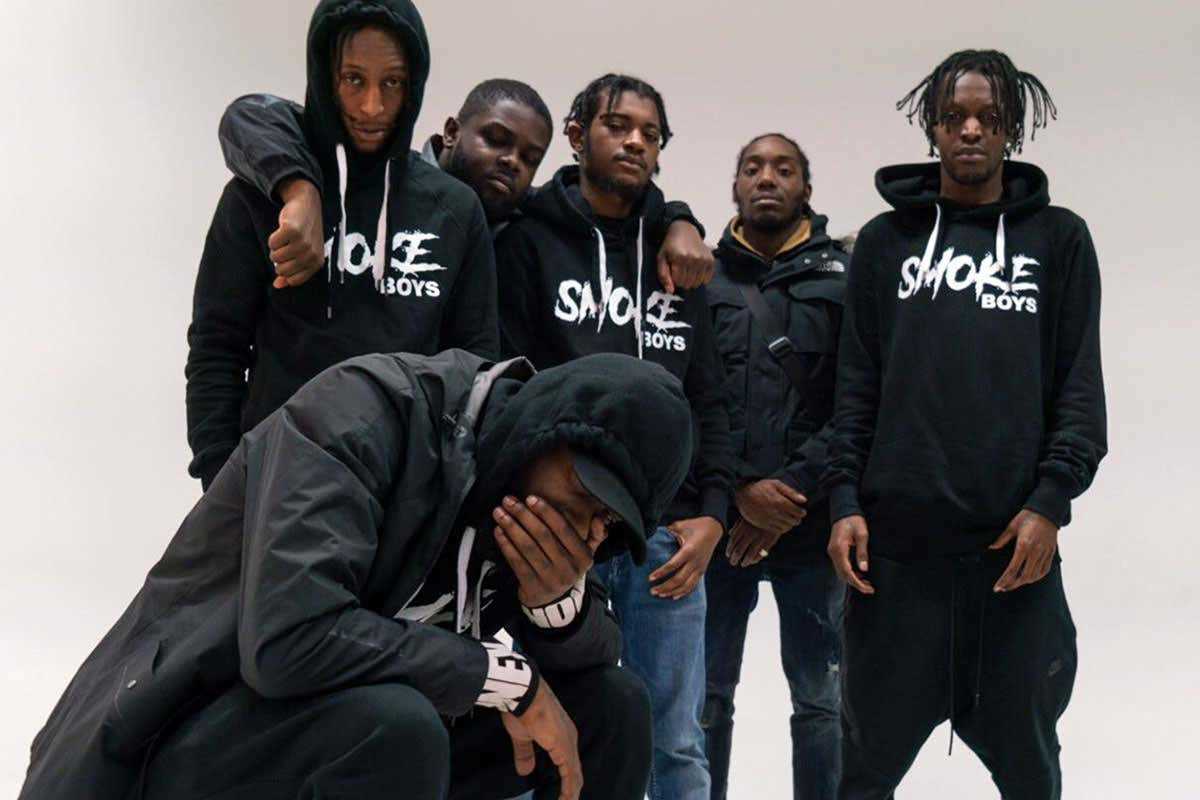
Drill music, a subgenre of hip hop that originated in Chicago in the early 2010s, has had a significant global impact on the music industry. With its aggressive lyrics, heavy beats, and gritty portrayals of street life, drill music quickly gained popularity, not only in the United States but also internationally.
Influence on Sound and Style
One of the major ways drill music has impacted the music industry is through its influence on sound and style. The genre’s distinct sound, characterized by trap-influenced beats, dark melodies, and aggressive delivery, has been adopted by artists across various genres, including mainstream hip hop, pop, and even electronic music.
Drill music’s influence can be heard in the trap sound that dominates contemporary hip hop. Artists such as Chief Keef, who is often credited with popularizing drill music, paved the way for the genre’s sound to reach a wider audience. The aggressive and raw nature of drill music has redefined the boundaries of hip hop, leading to a shift in the industry’s sound and giving rise to a new wave of artists.
Exploration of Social Issues
Another notable impact of drill music on the music industry is its exploration of social issues. Drill lyrics often touch on issues such as gang violence, poverty, and inequality. Through their music, drill artists provide a raw and unfiltered perspective on the realities of urban life, exposing listeners to the challenges faced by marginalized communities.
This unflinching portrayal of social issues has drawn attention from both critics and fans. Some argue that drill music glorifies violence and perpetuates negative stereotypes, while others see it as a form of artistic expression and a means for underrepresented communities to share their experiences. Regardless of the debates surrounding its content, drill music’s focus on social issues has sparked important discussions within the music industry and society at large.
Global Reach and Cultural Exchange
Thanks to the internet and social media, drill music has spread beyond its Chicago roots and gained popularity around the world. Artists from countries such as the United Kingdom, Australia, and France have adopted the drill sound and incorporated it into their own music scenes. This global reach has led to a cultural exchange, with artists collaborating across borders and creating unique fusions of drill music with local genres.
The global impact of drill music can also be seen through the emergence of drill scenes in cities like London and New York. These scenes have their own distinct sound and style, influenced by the original Chicago sound but infused with local flavors. The success of drill music in these cities demonstrates its ability to resonate with audiences worldwide and its potential to shape the future of the music industry.
Conclusion
Drill music has had a profound impact on the music industry, both in terms of sound and content. Its influence can be heard in the mainstream hip hop landscape and its exploration of social issues has sparked important conversations. Through its global reach, drill music has fostered cultural exchange and given rise to new scenes in cities across the world. As the genre continues to evolve, its impact on the music industry is likely to grow, making drill music a force to be reckoned with.
FAQ:
What is drill music?
Drill music is a subgenre of hip hop that originated in Chicago in the early 2010s. It is characterized by its aggressive lyrics and trap-influenced beats.
Where did drill music originate?
Drill music originated in the South Side of Chicago in the early 2010s. It was initially popularized by rappers like Chief Keef and Lil Durk.
Why is drill music so controversial?
Drill music is controversial because of its violent lyrics, which often glorify gang culture and crime. It has been criticized for promoting violence and contributing to the crime rate in cities where it is popular.
How has drill music influenced other genres?
Drill music has influenced other genres, such as UK drill and trap music. It has also had an impact on popular culture, inspiring fashion trends and influencing the sound of mainstream hip hop.
Has drill music had any positive effects on society?
While drill music is often associated with negative themes, some argue that it provides an outlet for artists to express their experiences and frustrations. It has also been credited with raising awareness of social issues in disadvantaged communities.
Video:









